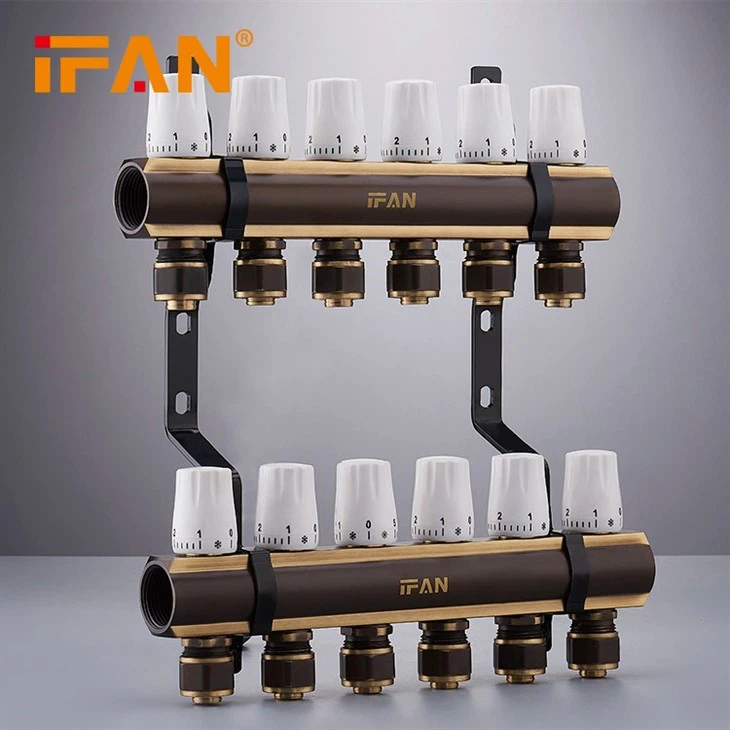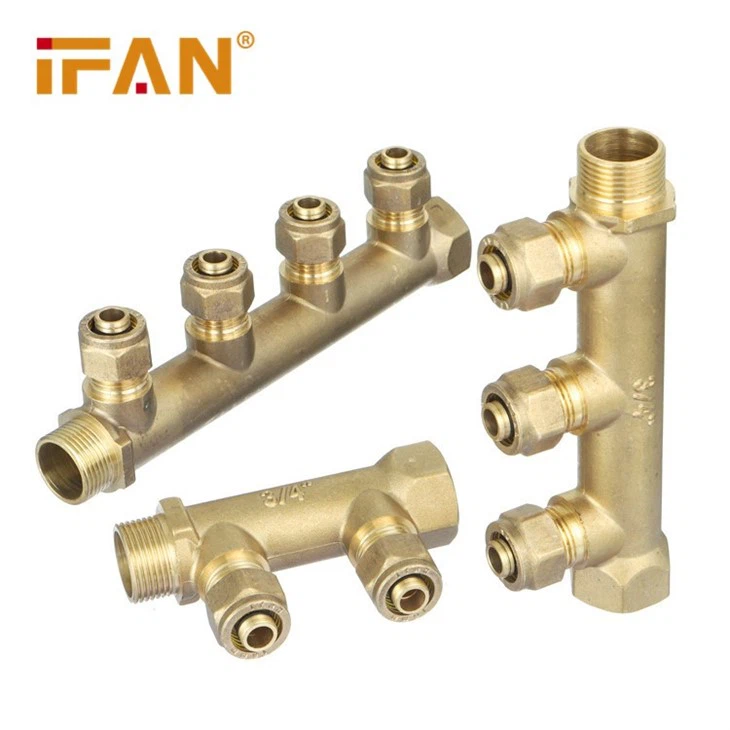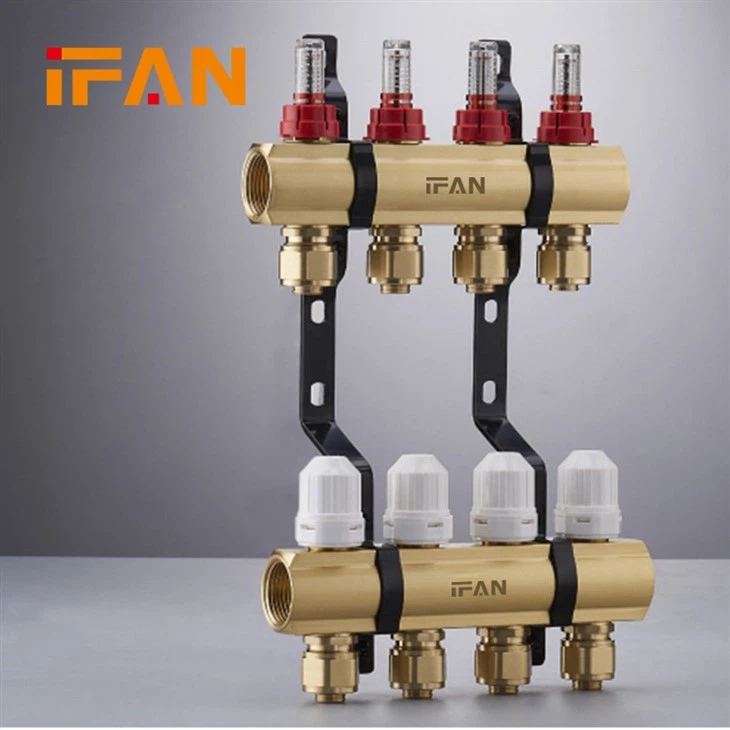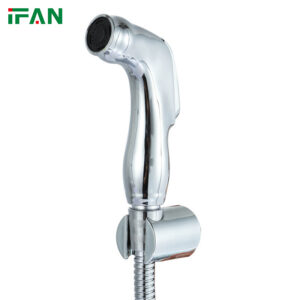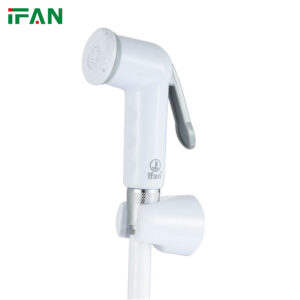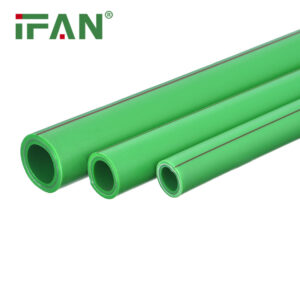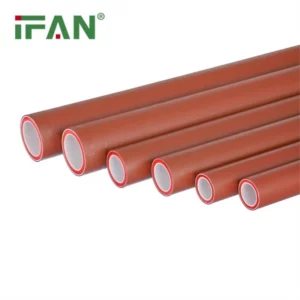Description
The principle and function of a floor heating manifold:
A floor heating manifold is a vital component in a hydronic floor heating system. It serves the purpose of distributing hot water evenly to the different loops or circuits of the floor heating system. Here is a detailed analysis of the principle and functions of a floor heating manifold.
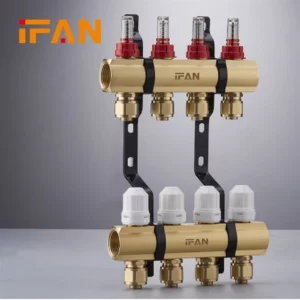
Principle:
The floor heating manifold operates on the principle of hydraulic balancing. Hot water from the heat source, such as a boiler, enters the manifold. Inside the manifold, it splits into multiple outlets or branches, each connected to a separate loop of the floor heating system. The flow rate of the water entering each branch is regulated by individual flow meters, valves, or actuators. These components ensure that each loop receives the appropriate amount of hot water for effective heating.
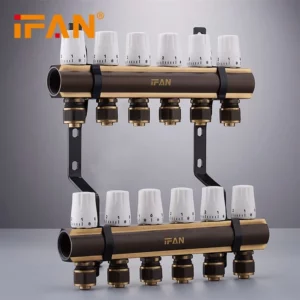
Functions:
1. Flow distribution: The main function of a floor heating manifold is to distribute the flow of hot water to different zones or areas within the building. It ensures an even supply of heated water to each loop, maintaining consistent warmth throughout the floor surface.
2. Temperature control: The manifold allows for individual control of each loop’s temperature. By adjusting the flow rate of hot water to a specific loop, the desired temperature can be achieved, providing customized comfort in different areas of the building.
3. Hydraulic balancing: The manifold incorporates flow meters, valves, or actuators to balance the hydraulic resistance of each loop. This ensures that the flow of hot water is evenly distributed, preventing pressure fluctuations and guaranteeing uniform heat delivery across the entire floor heating system.
4. System isolation and maintenance: Floor heating manifolds often include isolation valves for each loop. These valves allow for individual isolation, making it easier to perform maintenance or repairs on specific sections of the system without disrupting the entire heating operation.
5. Pressure regulation: The manifold may include pressure gauges or pressure-reducing valves to monitor and adjust the pressure within the floor heating system. Maintaining the proper pressure is crucial for efficient and safe operation.
6. Expansion and air elimination: Floor heating manifolds can incorporate features like expansion tanks and automatic air vents. These components help manage thermal expansion of the water and eliminate any trapped air within the system, ensuring its optimal performance.
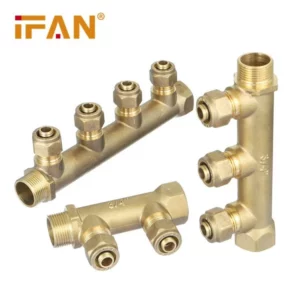
Related products
-
Others
Plastic Bidet Sprayer
-
Others
PPR Water Pipe
-
Others
PPH Pipe


